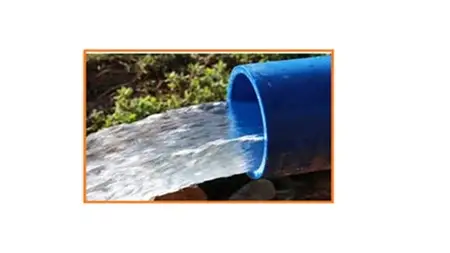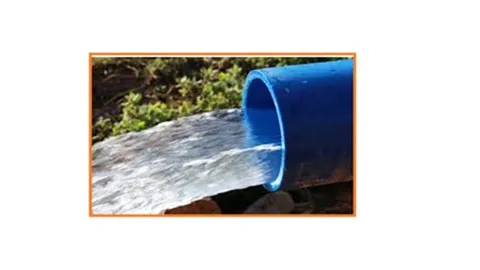Fluid Dynamics With Viscous Property Of Fluid
Published 2/2025
MP4 | Video: h264, 1920x1080 | Audio: AAC, 44.1 KHz
Language: English | Size: 5.96 GB | Duration: 4h 26m
Published 2/2025
MP4 | Video: h264, 1920x1080 | Audio: AAC, 44.1 KHz
Language: English | Size: 5.96 GB | Duration: 4h 26m
Dynamics of Fluid
What you'll learn
The matter which can flow under certain pressure gradient is called fluid. It may be compressible or incompressible for nature of pressure dependence of density
Viscous property is a general property of fluid which is zero for ideal fluid. The viscous force is basically damping force offered by the medium to moving mass
Dynamics of fluid through any channel under definite end pressure gradient follows equation of continuity on the basis of conservation of mass of moving fluid.
Euler equation and then Bernoulli's equation under certain specific conditions can explain several behavior of fluid motion. This ensures us fluid properties.
Requirements
Knowledge about fluid dynamics and fluid properties can be adopted through this course.
Description
Fluid is that class of matter which can flow through a channel under certain pressure gradient. The fluid with constant and pressure independent density is called incompressible fluid and if the density of the fluid depends on the pressure gradient then it is compressible fluid. As for example, liquid is an incompressible fluid whereas gas is itself a compressible fluid. Fluid has a basic property which is viscosity or viscous property by which it can offer damping force on the particle moving through the fluid. Here in this content, the measurement of viscosity coefficient is discussed as guided by Newton's equation. For low viscous fluid, Poiseuille's method is applied and for high viscous liquid, Stokes's method is applied for measurement of coefficient of viscosity and both methods are discussed here. Poiseuille's method is also discussed here for vertical flow of liquid and this method is made extended for streamline flow of gas. For fluid dynamics, the equation of continuity is made discussed here on the basis of mass conservation and after that the basic equation of fluid motion i.e. Euler equation is discussed here and the discussion is made extended to Bernoulli's equation under a few specific conditions like steady, irrotational flow of fluid under pressure gradient and also under influence of gravitational body force which is a conservative force field. The application of such Bernoulli's equation regarding velocity of efflux for both liquid and gas are discussed here.
Overview
Section 1: Introduction
Lecture 1 Introduction
Lecture 2 1. Newtonian and Non-Newtonian Liquid
Lecture 3 2. Streamline Motion and Fugitive Elasticity
Lecture 4 3. Temperature and Pressure Dependence of Viscosity Coefficient
Lecture 5 4. Searle's Method of Measurement of Viscosity Coefficient of Air
Lecture 6 5. Terminal Velocity
Lecture 7 6. Terminal Velocity of Falling Particle
Lecture 8 7. Stoke's Method and Measurement of Viscosity Coefficient
Lecture 9 8. Poiseulle's Equation and Liquid Impedance
Lecture 10 9. Poiseuille's Equation for the Flow of Gas
Lecture 11 10. Liquid Flow through Vertical Capillary Tube
Lecture 12 11. Law of Atmosphere
Lecture 13 12. Equation of Continuity in Fluid Dynamics
Lecture 14 13. Static Equilibrium of Fluid
Lecture 15 14. Euler's Equation in Fluid Dynamics
Lecture 16 15. Bernoulli's Equation in Fluid Dynamics
Lecture 17 16. Efflux of Gas
This content is very useful for beginner as well as for advance learner.



